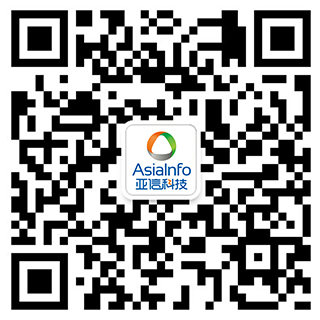亚信科技
-
Products&Technologies
-
Technology and Product Portfolio
-
Cloud & Network
-
Data Intelligence
-
- AISWare Usights • LLMs for Verticals
- AISWare Usights • TAC MaaS
- AISWare Usights • AI Agent Platform
- AISWare Usights • ChatBot
- AISWare Usights • ChatBI
- AISWare Usights • AIOps Agents
- AISWare Usights • AutoAgent
- AlSWare Usights · TuringDevSuite
- AISWare AI² Edge Intelligence
- AISWare DataAtlas
- AISWare DataFlux
- AISWare IO—Intelligent Operation
-
-
IT
-
Technical Support
-
Technology and Product Portfolio
- Solutions & Services
- Investor Relations
- Ecosystem Partner
- Media Centre
- About AsiaInfo



